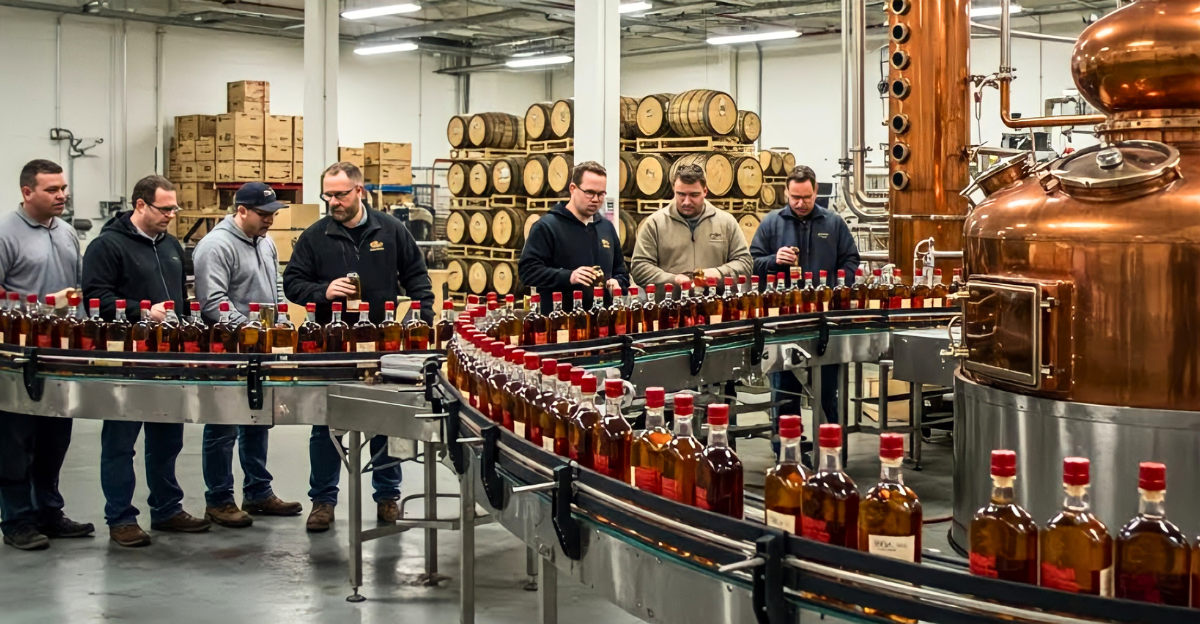
U.S. whiskey volumes have plunged to decade-low levels. Federal data show American whiskey production fell ~28% year-on-year by April 2025, driven by sagging demand and inventories glutted from prior overbuilding.
Analysts describe this as “the industry correction [that] has yet to bottom out”. Distillers now face overflowing warehouses and stalled sales.
Capacity Overrun Exacerbates Glut
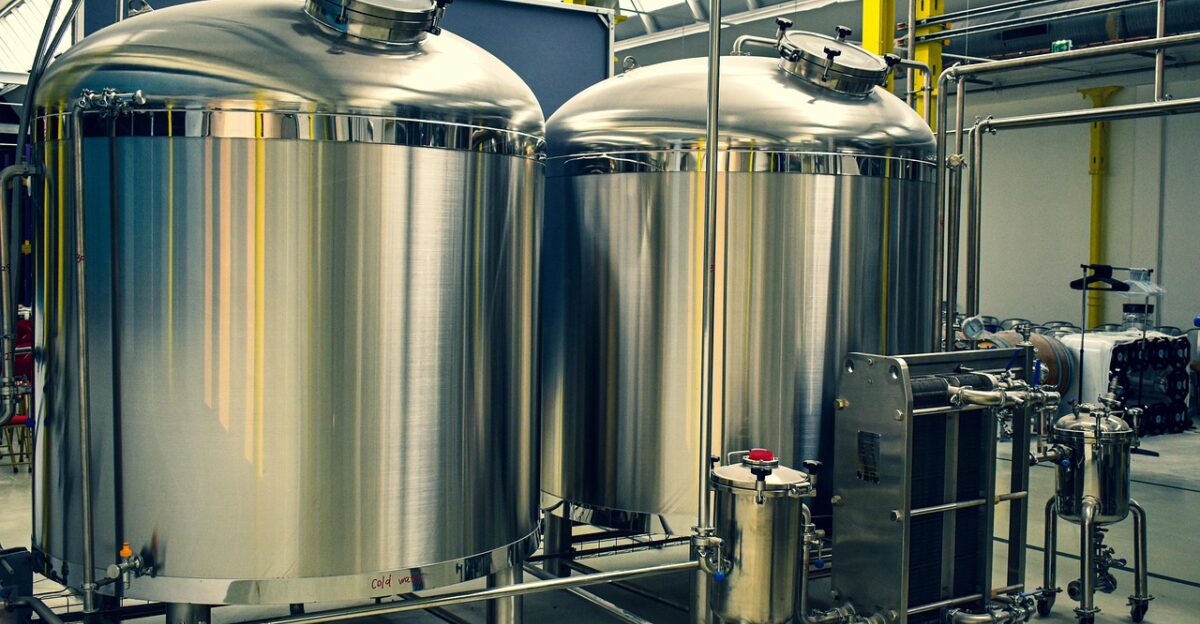
Production boomed in the 2000s: Kentucky bourbon output alone rose roughly 465% since 2000. But growth in demand stalled.
A recent report found even a 9% surge in consumption by 2028 would leave a roughly 480,000-barrel surplus. That looming oversupply forces many producers into production cuts and fire sales of aged stock.
Diageo’s Global Footprint and Bourbon Bet
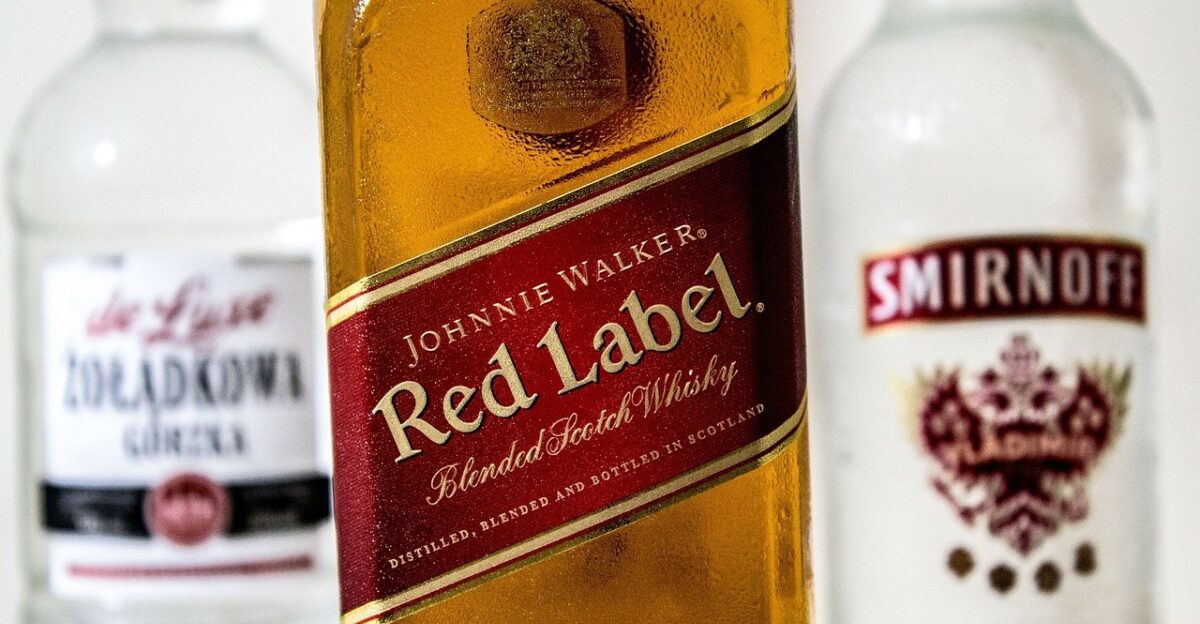
Diageo is a spirits powerhouse (Johnnie Walker, Smirnoff, Guinness, etc.) with products sold in “more than 180 countries”.
In late 2022 it paid about $100 million for Balcones Distilling (Waco, Texas), betting on U.S. single malt’s boom. As Diageo’s North America chief praised Balcones as “true innovators and pioneers…world-class whiskies”, the investment appeared timely — until today’s demand collapsed.
Mounting Industry Headwinds

Spirits categories outside whiskey have grown strongly. Clarkston Consulting notes low- and no-alcohol drink sales jumped ~30% year-over-year, led by health-conscious consumers.
Reuters reports investors now fret over “competition from alternatives like cannabis drinks, shifts towards drinking less, [and] the emergence of weight-loss drugs”.
These trends and trade uncertainties (taxes and tariffs) have cooled demand for traditional whiskey.
Sudden Production Halt
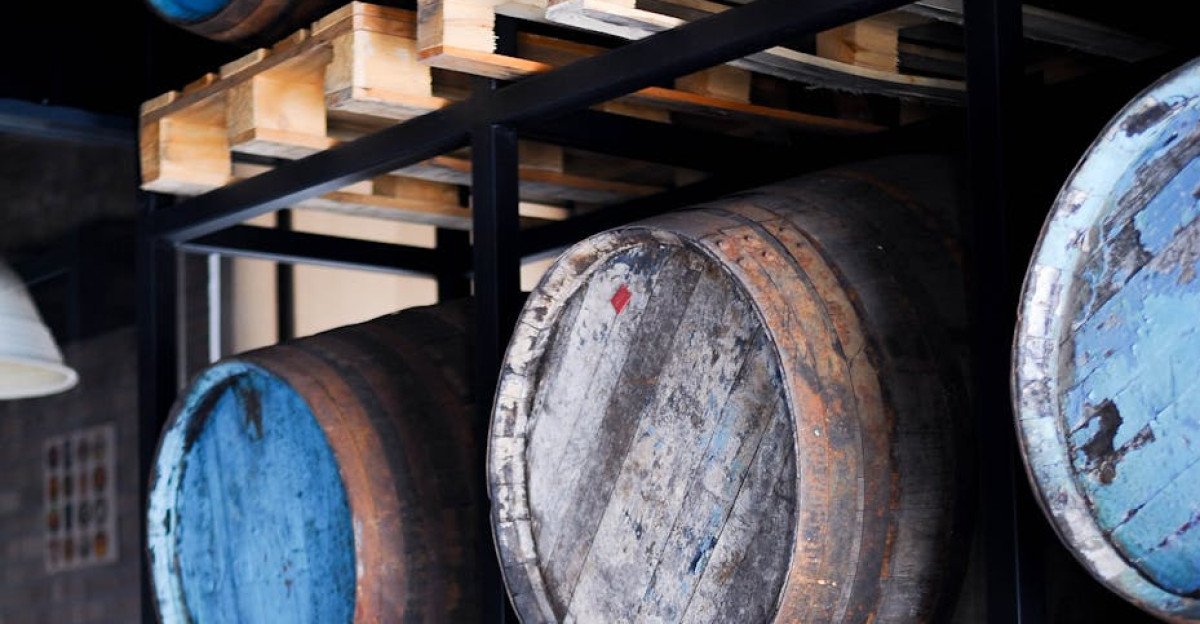
Diageo quietly announced in mid-August 2025 that it would pause whiskey distilling at both its Balcones (Waco, TX) and George Dickel (Tullahoma, TN) facilities through June 2026.
Balcones stopped on August 17, laying off its ~17 production employees; Cascade Hollow (George Dickel’s site) also ceased distilling, though staff there were reassigned.
Diageo says these are temporary inventory-management pauses.
Impact on Waco’s Whiskey Community

The Balcones shutdown blows a hole in downtown Waco’s craft spirits scene. The distillery and its popular visitor center employed about 20 locals and drew thousands of tourists annually.
With stills idle, nearby restaurants, shops, and grain suppliers lose business.
Diageo will keep Balcones’ tour center open for now, but without active distilling, the “distillery experience” is significantly diminished.
Worker Redeployments and Layoffs
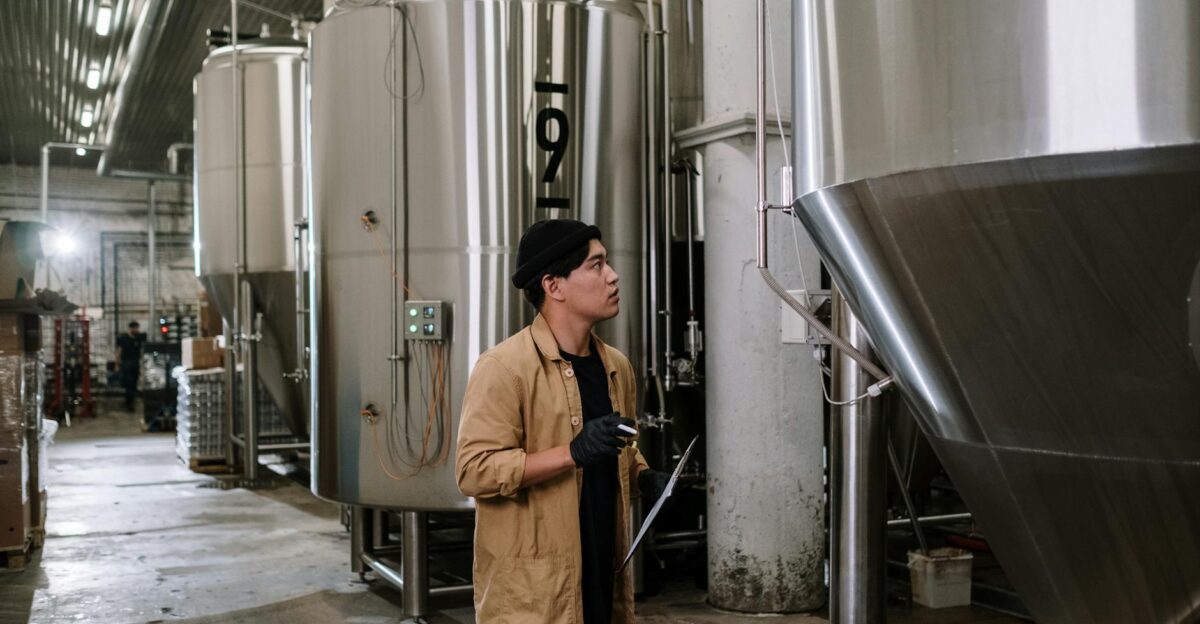
Diageo emphasizes that the pauses are routine “temporary slowdowns” for inventory reasons. Tennessee workers at Cascade Hollow were moved to maintenance, training, and non-distilling tasks, avoiding any layoffs.
By contrast, all 17 Balcones production employees were let go immediately as the site idles. In tiny Waco’s market, these specialized jobs may not be replaced locally anytime soon.
Industrywide Cutbacks Accelerate
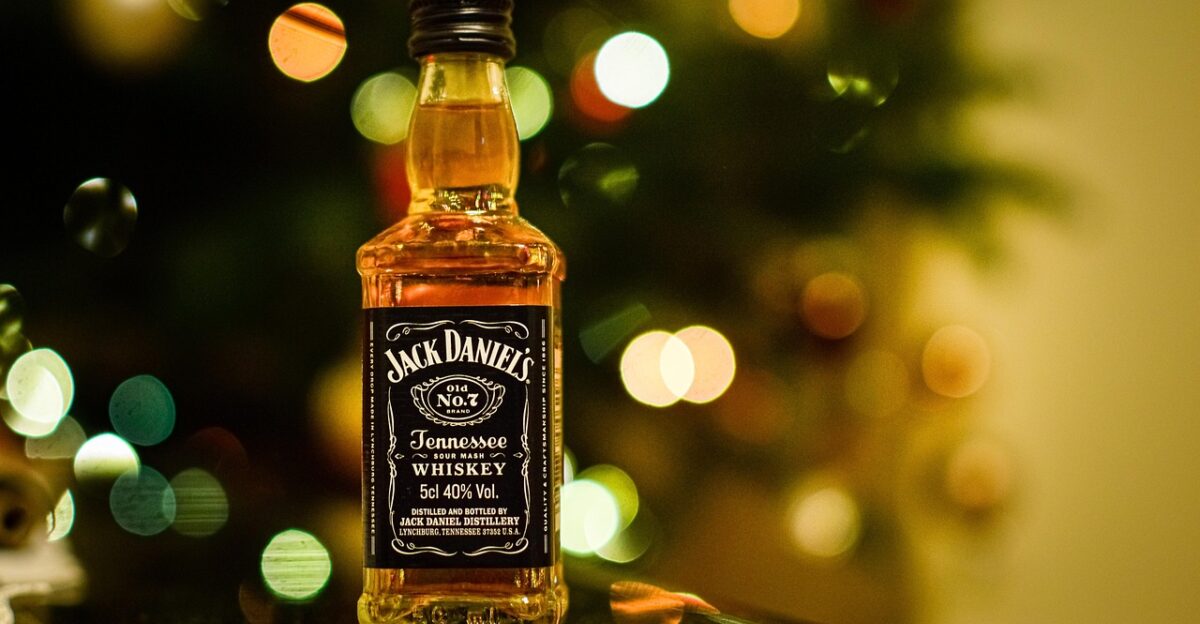
Diageo is not alone in trimming staff. In January 2025, Brown-Forman (Jack Daniel’s) announced a 12% cut of its 5,400-person workforce (roughly 650 jobs).
In May, LVMH said its Moët Hennessy division will cut about 1,200 jobs (over 10% of staff).
In Ireland, Midleton Distillery paused production this spring amid its own oversupply scare. Smaller distilleries are shutting down or seeking bankruptcy relief, squeezing an already tense market.
Exports and Shifting Tastes

American whiskey faces trade pressures abroad. For example, China raised tariffs on imported whiskey from ~48% to 55.4% total tax in Jan 2025, and the past U.S.-EU spat saw bourbon nearly targeted by EU levies (plans for a 25% U.S. tariff on bourbon were finally dropped in Apr 2025).
Meanwhile, consumer preferences have tilted towards tequila and premixed cocktails. Clarkston notes that recent U.S. spirits sales growth has come almost entirely from tequila and ready-to-drink cocktails, while whiskey and many other categories fell.
Inflation and higher prices have pushed drinkers toward cheaper or alternative beverages.
Strategic Pause vs. Cost Cuts

Publicly, some media tied these U.S. shutdowns to Diageo’s broader cost-cutting drive. In reality, Diageo says the moves were independent of its $625 million Accelerate savings target.
Rather, they stem from being “ahead of schedule with the volume we produce” at those sites, i.e., overproduction.
Executive Shake-up

Leadership is already changing amid the fallout. CEO Debra Crew stepped down in July 2025 after just two years on the job.
Interim CEO Nik Jhangiani (formerly CFO) took over immediately. Diageo’s stock had fallen roughly 44% during Crew’s tenure amid missed targets. As RBC analyst Fred Mahon observed, “Debra has been unfortunate in that she took the reins at a really tricky time”.
Investors now expect Jhangiani to cut costs while steering the company back to growth.
Peak-Timing Acquisition Regrets
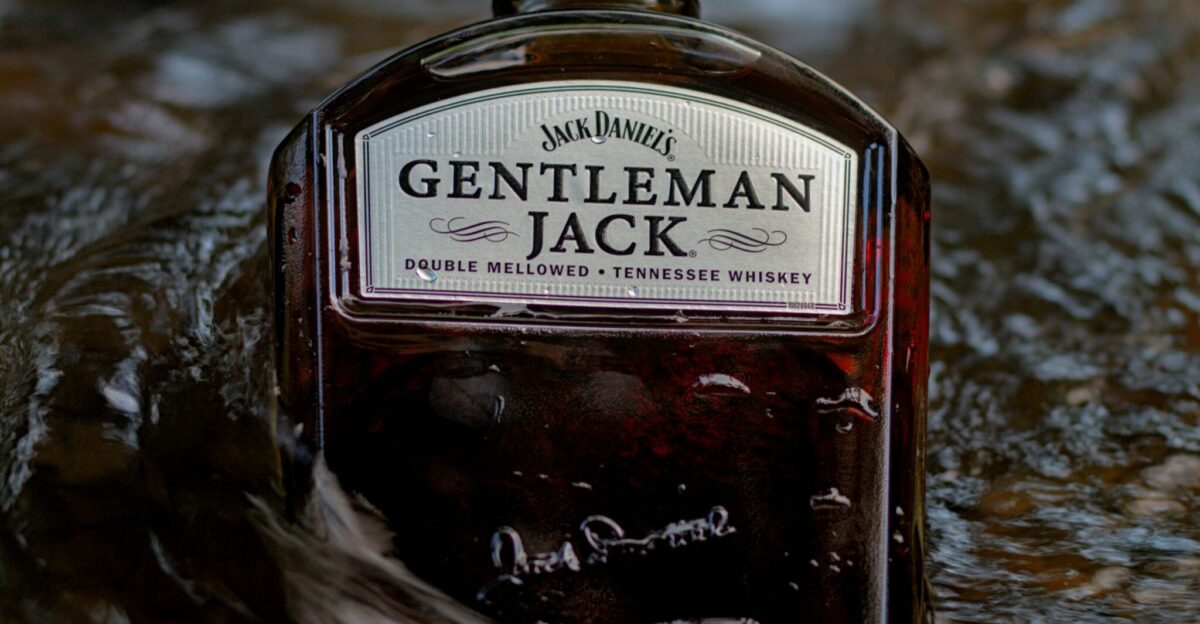
The Balcones deal epitomizes recent timing woes. In late 2022, Diageo paid a premium to expand American whiskey capacity. But today, much of that extra capacity sits idle.
Industry veterans say many spirits companies miscalculated during the boom, underestimating how quickly demand could turn.
These executives now grapple with empty aging warehouses and costly expansion projects they may not need.
Visitor Centers Stay Open
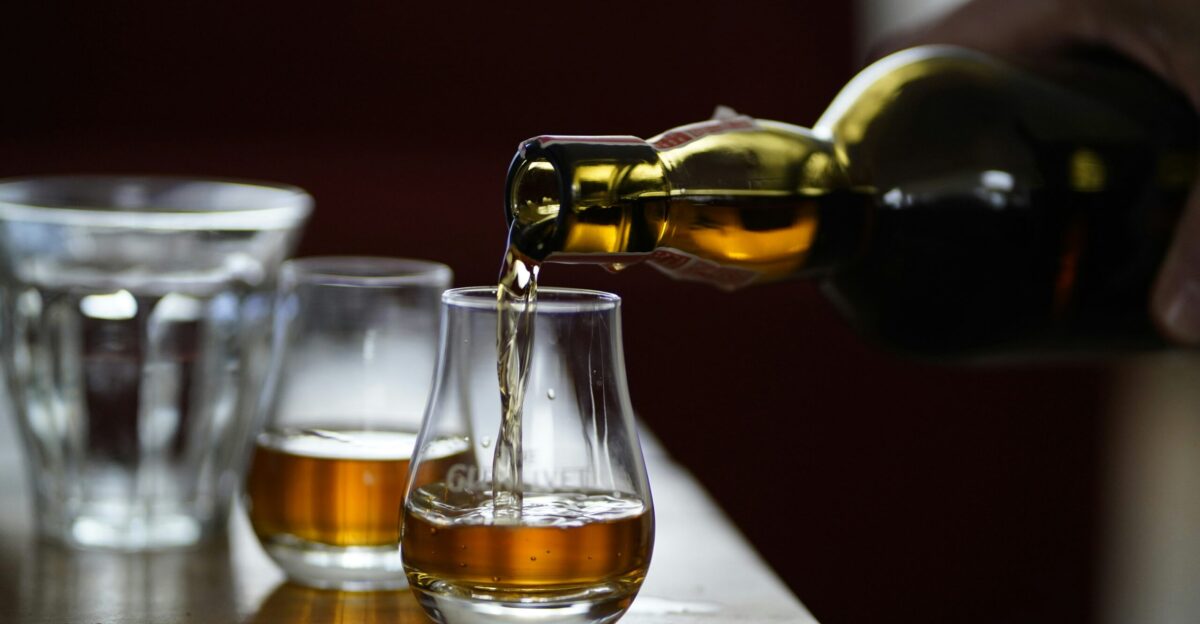
One silver lining: Diageo will keep the Balcones and Cascade Hollow visitor centers open throughout the pause.
These tasting-room revenues help offset some losses. Diageo stresses these are temporary pauses, not plant closures, and plans to resume full production once inventories align.
Management hopes, for example, that the nearly two-year break at Balcones will let stock levels normalize so production can restart in fiscal 2027.
Skeptics Warn of Lingering Oversupply

Analysts caution that short-term shutdowns may not solve deeper imbalances. Scotch consultant David Stirk notes, “The number of warehouses that have gone up in the last 10, 15 years is exponential,” underscoring that stored whiskey far outpaces demand.
If new production restarts too soon, the glut may only worsen, potentially forcing more curtailments later.
The industry’s long aging cycle—whiskey distilled today won’t sell for years—makes forecasting demand especially tricky during this downturn.
Tourism and Whiskey Trails Under Question

Tennessee’s famed Whiskey Trail still sees visitors flock to Cascade Hollow’s historic site, but with the stills silent the experience is less authentic.
A key question emerges: can bourbon and whiskey tourism sustain sites without active production? Distilleries around the country have promoted tours as a growth engine, but many shuttered facilities report that tourist interest collapses once distilling stops.
The long-term viability of whiskey heritage tourism is now uncertain if production no longer anchors it.
American Single Malt Spotlight
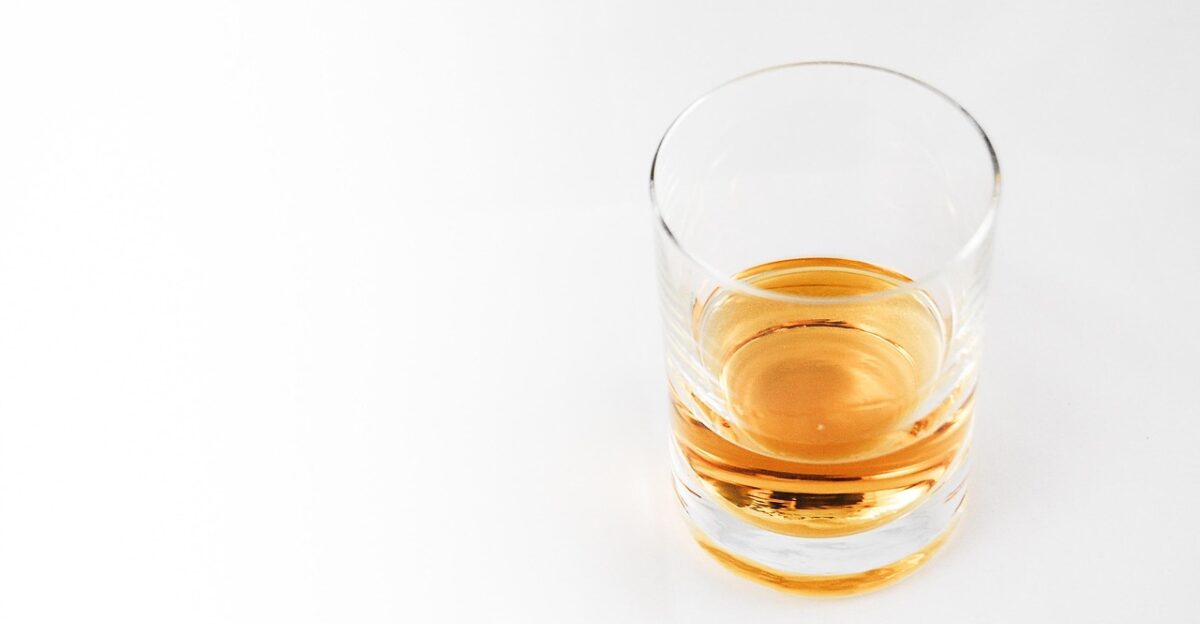
The timing is ironic: Balcones helped pioneer American Single Malt whisky, and in Jan 2025 the TTB formally recognized ASMW as a distinct category.
Balcones’ pause therefore carries symbolic weight for this fledgling segment.
Regulatory uncertainty around ASMW (which only became official in 2025) may have added confusion in the marketplace, potentially fueling oversupply in a trend still finding its footing.
Global Oversupply Signals
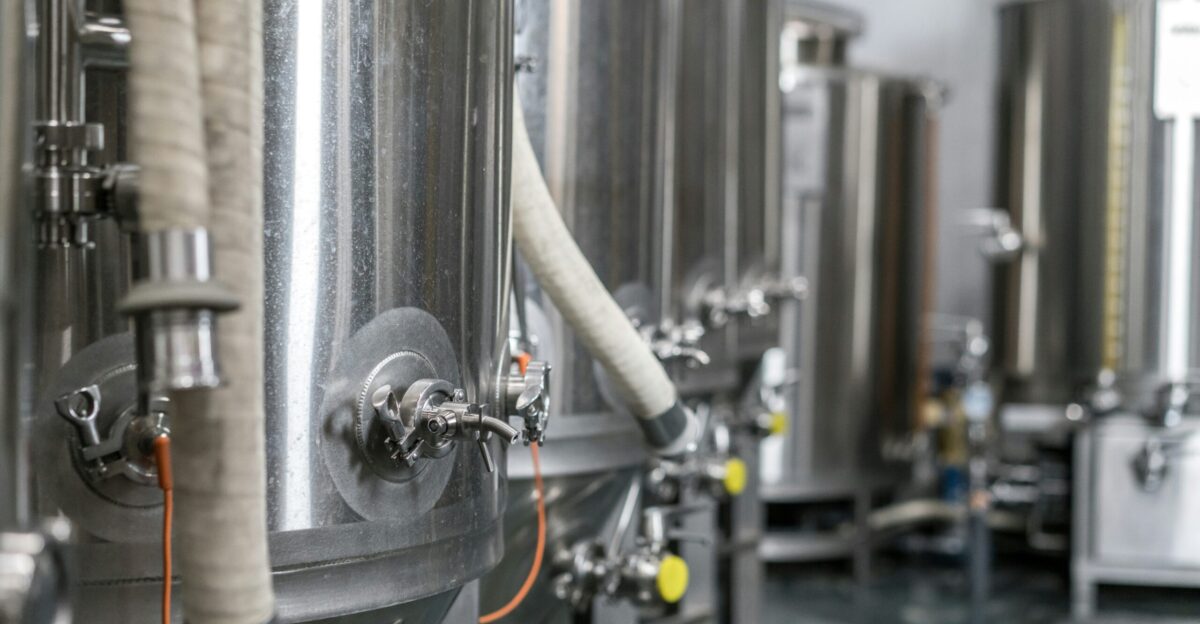
This brewing crisis is global, not just American. In early 2025, Ireland’s Midleton distillery and others also paused production to manage stock.
Scottish distilleries have warned of a similar glut, and worldwide whiskey reserves (14.3 million barrels in Kentucky; 22 million in Scotland) keep growing.
Multinationals must juggle oversupply in one region against demand in another, all while currency swings and trade disputes complicate export strategies.
Environmental Pause Gains
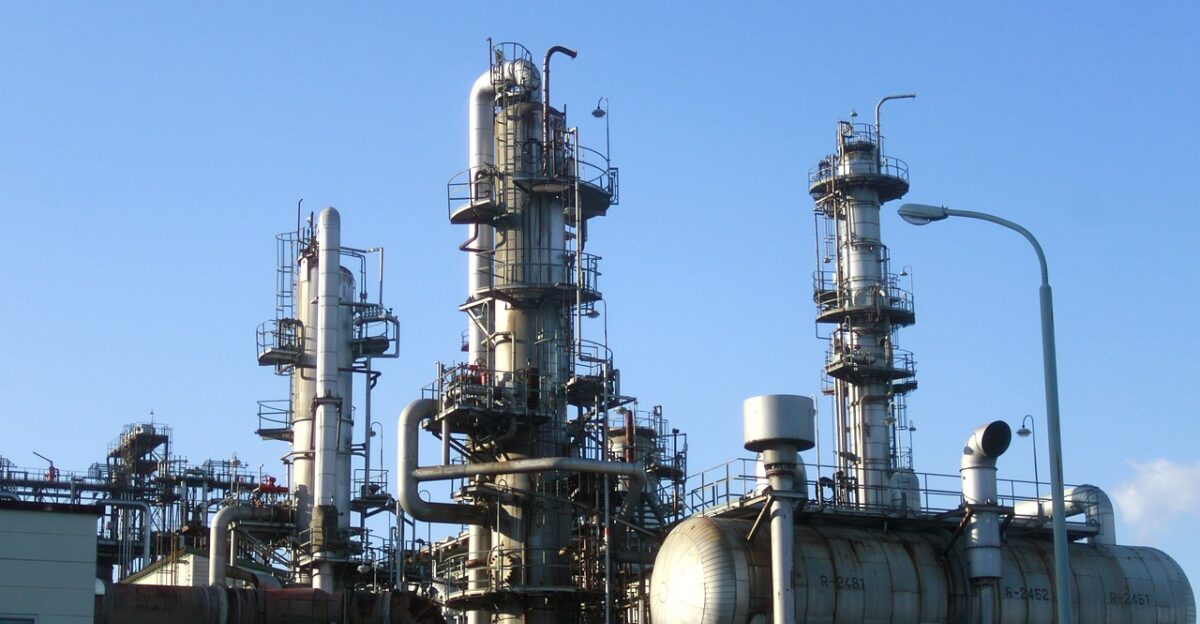
Quieter stills have immediate environmental benefits. Distilling is water- and energy-intensive, so a production pause reduces resource use (at least temporarily). However, the aging barrels still occupy climate-controlled warehouses, consuming energy.
Some distilleries are using this lull to accelerate sustainability projects—recovering heat, recycling cooling water, or installing solar panels—to cut costs and impacts during the downturn.
Younger Drinkers Driving Change
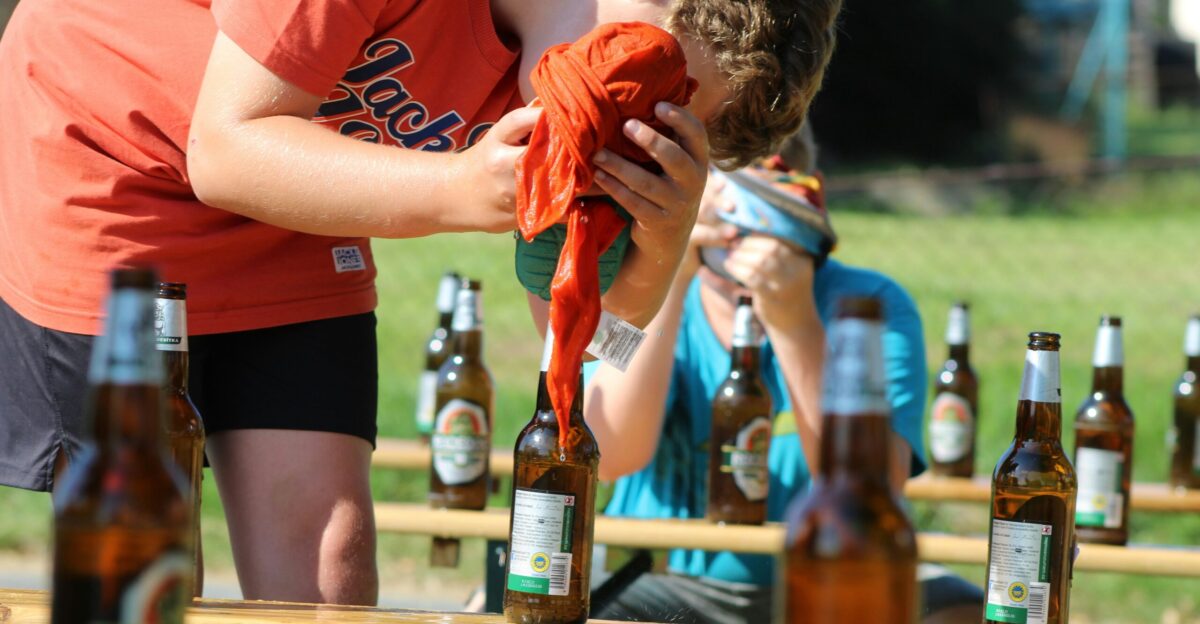
Underlying these shifts is a generational turn. Younger consumers are increasingly lifestyle-driven: valuing health, experiences, and new alternatives over classic whiskey rituals.
As Clarkston Consulting observes, moderation “cannot be seen as a fad anymore,” with sober-curious drinkers fueling nearly 30% year-over-year growth in low/no-alcohol beverage sales.
Whiskey marketers — traditionally aimed at older or male audiences — now face a cultural shift. Many craft brands are rewiring their stories to appeal beyond legacy aficionados.
Industry Reckoning and Outcome
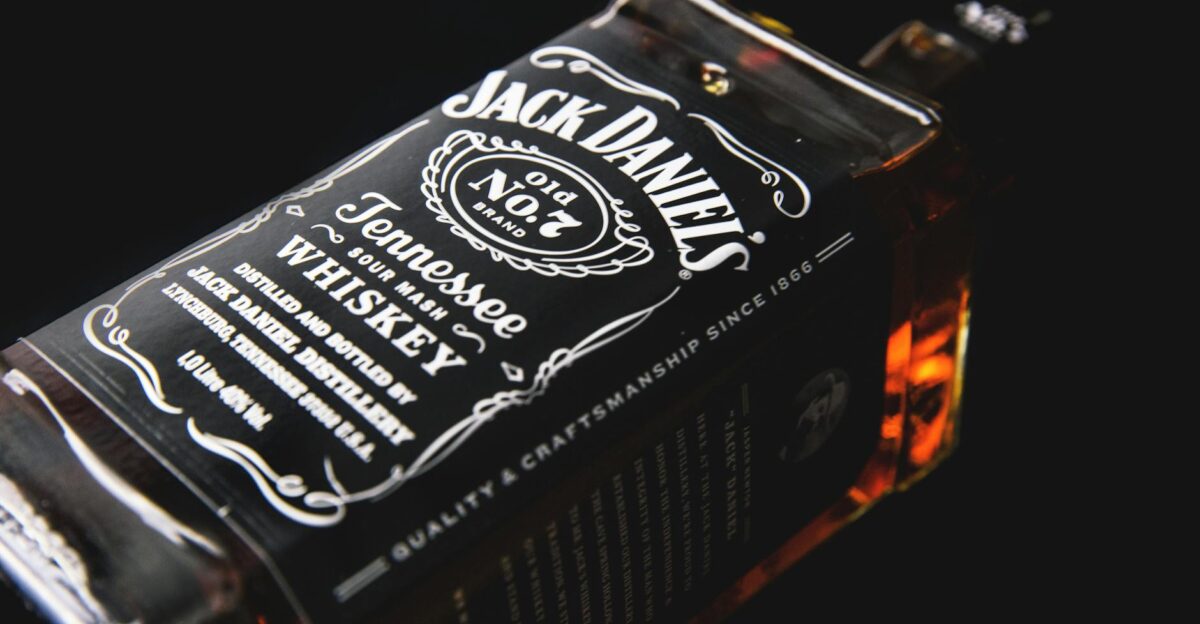
The Balcones and Cascade Hollow pauses mark a clear turning point: American whiskey has moved from a decades-long boom to a sobering reality check. Producers are being forced to focus on operational efficiency and accurate forecasting for the first time in years.
Those that adapt—streamlining production, balancing portfolios, and aligning with modern consumer tastes—should emerge stronger.
Others, especially smaller or overleveraged distillers, may not survive. This shakeout will determine whether American whiskey culture evolves with today’s drinkers or is consigned to a smaller, heritage niche.